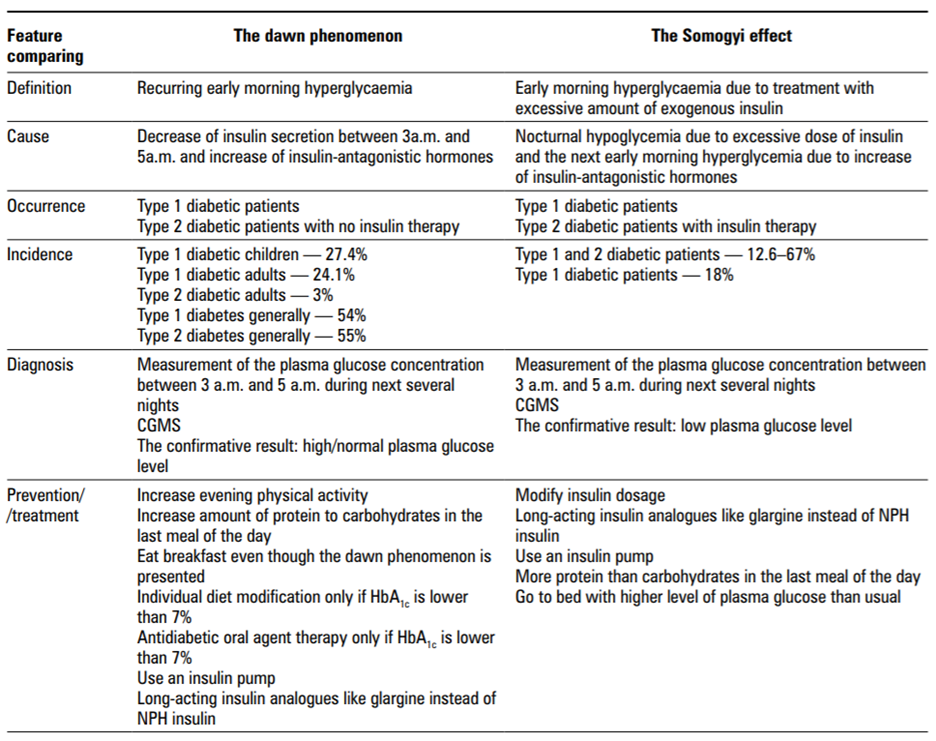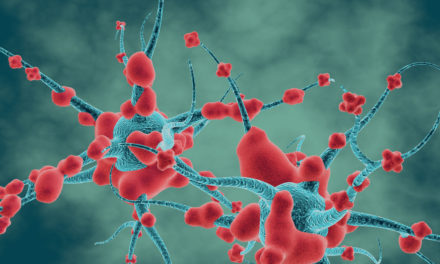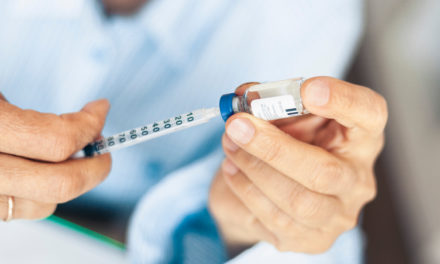The dawn phenomenon relates to natural body changes that occur during the sleep cycle. In the morning, everyone experiences a slight rise in blood glucose levels. A person without diabetes will not experience effects, as their body can adjust. For a person with diabetes, however, this rise can be significant, and it may need treatment.
Usually, the body has little need for insulin during sleep, and it produces less of this hormone. Toward the morning, the body starts to release stored glucose, or sugar, to provide energy for the coming day. At the same time, the body is producing glucagon, another hormone, which can lead to a further rise in blood sugar. In addition, it produces cortisol, a growth hormone, which acts in the opposite way to insulin. This happens just as nighttime levels of insulin are starting to taper off.
The reduction in insulin and rise in glucagon and cortisol levels cause blood sugar to spike in the morning. People without diabetes produce additional insulin at this time to counter the effect, but diabetes prevents the body from doing this.
According to the American Diabetes Association, the dawn phenomenon happens between 5:00 a.m. and 8:00 a.m.
Causes
The causes can differ, depending on whether a person has type 1 or type 2 diabetes.
In people with type 1 diabetes: A release of growth hormone during the night probably triggers the dawn phenomenon, according to research. Growth hormones counter the effects of insulin, and levels of insulin that a person restored during the evening are now decreasing.
In people with type 2 diabetes: The cause of the dawn phenomenon is likely the body’s inability to produce insulin.
Symptoms
The overall effects of the dawn phenomenon vary — no two people respond to it in the same way.
Some people experience an extended dawn phenomenon, which lasts until midmorning. This can happen if a person has too many carbohydrates in their breakfast, or it may result from an extended release of growth hormone, which can occur in people with diabetes.
The symptoms often appear in the early stages of diabetes, and they can persist and get worse over time.
One study [1] suggests that the dawn phenomenon affects around 54 percent of people with type 1 diabetes and 55 percent of those with type 2, but other findings appear to contradict these.
Among people with type 1 diabetes, the phenomenon may be more likely to occur in children and teens, compared with adults.
Somogyi Effect
Some scientists believe that there is another cause of high blood sugar in the morning: the Somogyi effect or rebound hyperglycemia. The theory is that blood sugar levels rise in response to a bout of hypoglycemia. Not all experts agree about this, however. The Somogyi effect is named after the researcher Michael Somogyi, who discovered it.
Possible reasons for the effect are:
- Too much insulin or not enough food before bed: During the night, a person’s blood sugar level may drop too low. The body responds by releasing hormones to raise this level.
- A low insulin dose in the evening: If a person takes too little insulin at night, they may have high blood sugar in the morning.
The dawn phenomenon is more common than the Somogyi effect, according to a study [1] published in 2011. While the dawn phenomenon occurs naturally, the Somogyi effect usually results from poor diabetes management.

Testing
The doctor usually starts by asking a person to wear a continuous glucose monitor (CGM) overnight for several nights in a row or ask the person to test their blood sugar levels at certain times throughout the night.
Treatment
Treatment largely depends on how high insulin levels rise.
The main way to treat early morning high glucose is to adjust the dosage and timing of insulin, and possibly the way that a person takes it.
Insulin appears to be the most effective way to manage blood sugar levels, but each person’s treatment plan will be different. The doctor may recommend using an insulin pump to deliver the necessary doses over time.
Research also indicates that the following lifestyle changes can help:
- exercising in the evening
- increasing the proportion of protein to carbohydrates in the evening meal
- eating breakfast every day
Some of these methods can treat the Somogyi effect as well, but the doctor may recommend a different dosage and timing, depending on how glucose levels change.
Using a CGM can help the doctor determine the best approach.
Complications
Anyone who experiences high blood sugar levels in the morning should speak to a healthcare provider, who will identify an effective way to manage these levels.
If a person does not receive appropriate treatment, the dawn phenomenon can increase the risk of:
- insulin resistance
- cardiovascular disease
- more rapid disease progression
Outlook
It is important for a person with diabetes to be aware that their blood sugar levels may rise in the morning and to receive treatment if this occurs.
If high glucose levels persist and get worse, complications can arise. For example, in people with type 2 diabetes, insulin resistance will increase and the disease will progress more rapidly.
Reference
1- Krysiak, Robert, Okopień, Bogusław. The dawn phenomenon and the Somogyi effect — two phenomena of morning hyperglycaemia Zjawisko brzasku i efekt Somogyi,Endokrynologia Polska/Polish Journal of Endocrinology Tom/Volume 62; Numer/Number 3/2011 ISSN 0423–104X
Image by Steve Buissinne from Pixabay









